As in-person fencing practices start to ramp up again, I wanted to go through some of the drills I use in my rapier classes and private sessions.
In this video, we go over a super basic, two-choice Option Drill — aka Choice Drill or Decision Tree Drill. It’s one of the simplest of Option Drills you can do, but it still forces the student to make quick tactical decisions.
So it’s great for everyone, from the new fencer looking to learn how and when to use certain techniques to experienced fencers looking to work the rust off.
In this drill, the student approaches from out of measure to find my sword and, based on what I do, she responds with the proper reaction. So she has some knowledge of what’s going to happen because we’ve limited the drill to just two scenarios and one response per scenario, but she can’t perfectly predict which stimulus or cue I’m going to give her ahead of time. So it cuts out the anticipation that often happens in standard block training and forces the student into quick decision making instead.
And since it’s been months since we’ve been able to work together in-person, we’re starting back at the bare basics of fencing moves and techniques.
The two scenarios in this particular drill are:
- Eva finds my blade, if I do nothing, and she responds by gaining and finishing the attack with a lunge.
- As she finds my blade, if I perform a cavazione to the opposite line, she responds with a contracavazione, in tempo, and strikes on the original line.

Both scenarios are pretty similar, so the student needs to have a sharp eye, but each cue requires a different response to be successful.
Building Up to the Option Drill
Before we jumped into this Option Drill we worked each scenario individually in a Block Drill (Repetitive Drill), so my student could get a lot of reps in of each technique and really fine tune her execution of each technique. We then did a Ladder Drill (Sequential Drill), where we alternated between both scenarios with each rep, and then we did it as an Option Drill.
So we built up to this drill over the course of an entire session, using it to wrap up everything we covered in a fun and challenging way.
Benefits of Option Drills
Option drills like this are perfect for creating some long-term memory and building the connections between the fencer’s mind and body. It works the fencer’s technical execution of techniques as well as challenges their tactical decision-making skills.
In short, it’s a great way of bridging the gap between block drills, where you practice the same technique over and over and over again, and free fencing and sparring.
We did this drill with my student approaching from out of measure since she’s a very forward-motivated fencer. Part of this is because she’s short, so she needs to advance to some degree to get into her measure, but she also naturally wants to move forward. So we’re building her natural instinct into the drills.
With that said, this same drill can be done with the coach approaching from out of measure, with both the coach and students approaching, with varying/mirrored footwork, or even without footwork.
Adding Complexity to the Drill
This is a Level 2 Option Drill since there are two options for the student to decide between — they either strike or they strike via contracavazione.
The more options or decisions a student needs to make, the higher the difficulty and drill level. Similarly, the more actions you string together for the student to perform, the higher the difficulty drill level.
But if you’re just starting out, getting the rust off after a long hiatus like a lot of us are, or working with a brand new student, a simple Level 2 Option Drill like this works perfectly. Then, over time, you can add breadth of options or depth of actions to keep it challenging and engaging.
And that’s it! If folks found this video useful I can record future versions of this drill as we add complexity.
Also, I post a lot more short-hand videos, graphics and photos on my social media accounts, so consider giving me a follow on Instagram, Facebook or Twitter, too.
DONATIONS: If you found this video useful, please consider a small donation so I can continue to produce rapier & other historical martial arts content. Donate at https://www.paypal.me/thetavernknight
Additional Resources
Fundamentals of Italian Rapier by David & Dori Coblentz
The Art of the Rapier: A Manual for Today’s Fencers by Ken Mondschein
Introduction to the Italian Rapier by Devon Boorman





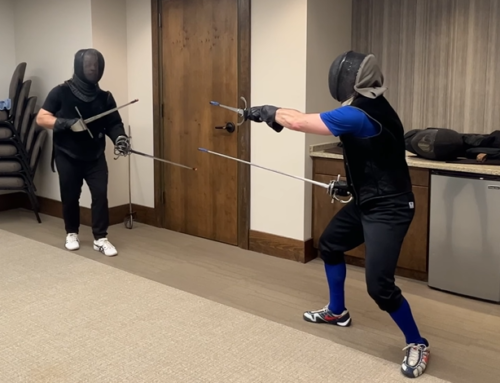
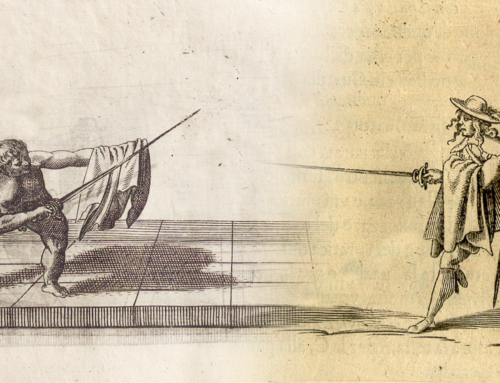

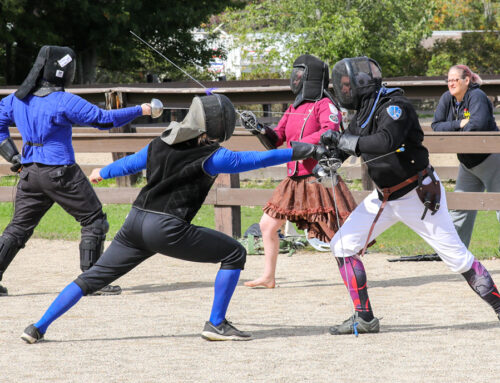
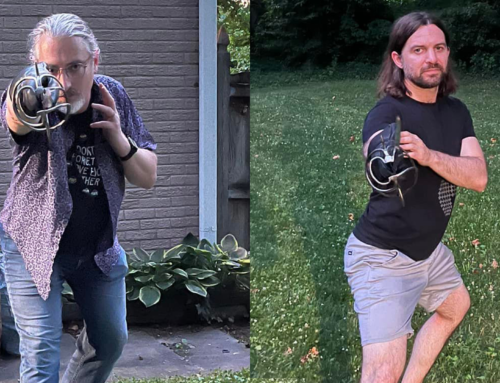
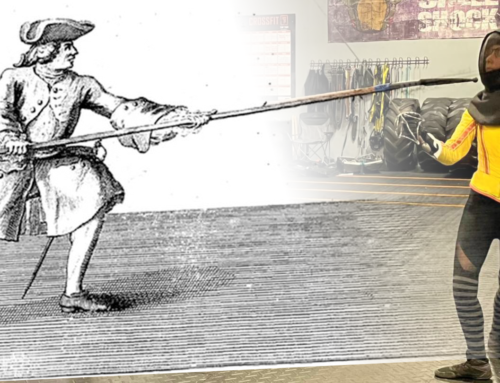
Leave A Comment